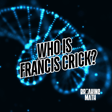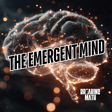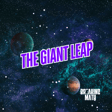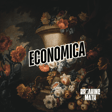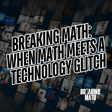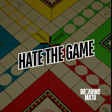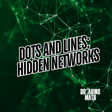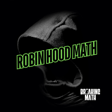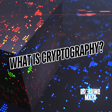
Dinosaurs with Rachel Ignotofsky
In this engaging conversation, Rachel Ignotofski discusses her new book Dinosaurs, exploring the fascination with these ancient creatures, the impact of mass extinctions, and the evolution of life on Earth. She highlights the importance of paleontology, the legacy of Mary Anning, and the artistic choices made in illustrating the book. The discussion also touches on the audience for the book, quirky anecdotes from paleontological history, and the significance of understanding deep time in relation to our current ecosystem.
AD| To sign up for The Curiousity Box go to http://curiositybox.com/BreakingMath and get 25% off your first box with breakmath25
Takeaways
- Most of us fall in love with dinosaurs around the age of six.
- Dinosaurs and birds evolved together, sharing the Earth.
- There have been five major mass extinctions in Earth's history.
- Nature always bounces back after mass extinctions.
- Paleontology is constantly evolving with new discoveries.
- Mary Anning was a pioneer in paleontology, often overlooked.
- Dinosaurs were not just big lizards; they were diverse and complex.
- The Cambrian explosion marked a significant evolutionary milestone.
Chapters
- 00:00 The Fascination with Dinosaurs
- 03:42 Mass Extinctions and Geological Time
- 06:16 Paleontology and Misconceptions
- 09:08 Mary Anning: The Mother of Paleontology
- 11:53 Evolution of Dinosaurs and Marine Reptiles
- 13:06 The Evolution of Whales
- 13:42 The Cambrian Explosion and Ancient Creatures
- 16:12 Favorite Time Periods in Prehistory
- 18:48 The Book's Audience and Its Appeal
- 19:03 Anecdotes from the Fossil World
- 21:53 Art and Illustrations in Science
- 26:11 The Vastness of Earth History
- 28:21 Upcoming Events and Future Projects
Follow Rachel Ignotofsky on Twitter, Instagram, Website, and find her new book here.
Subscribe to Breaking Math wherever you get your podcasts.
Follow Breaking Math on Twitter, Instagram, LinkedIn, Website, YouTube, TikTok
Follow Autumn on Twitter, BlueSky, and Instagram
Become a guest here
email: breakingmathpodcast@gmail.com

